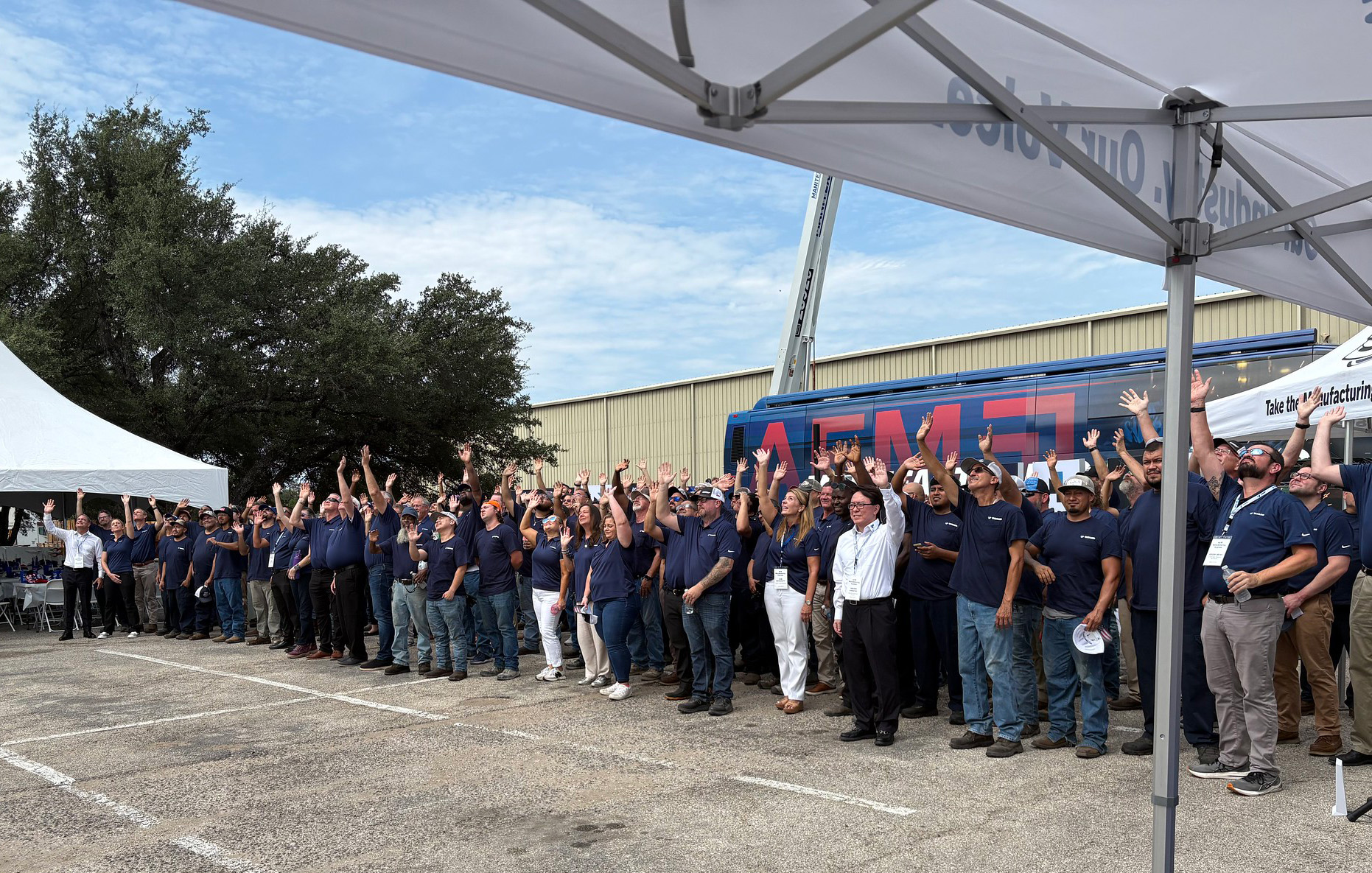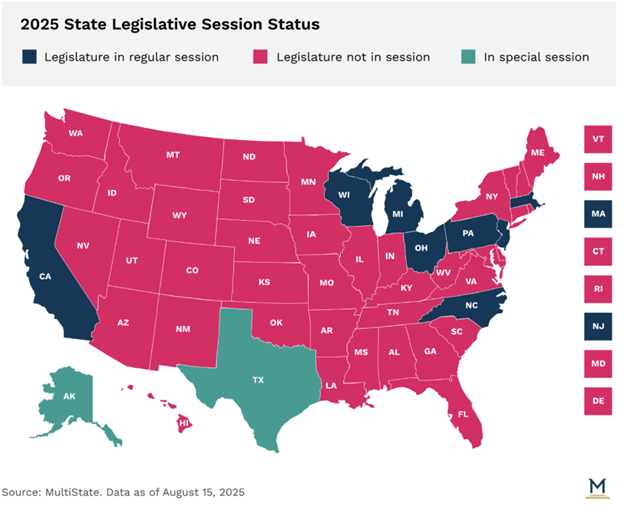By TÜV Rheinland --
The food and agriculture sectors are undergoing rapid digital transformation. Sensors, automated machinery, cloud analytics, and remote management systems are empowering producers to increase yields while minimizing inputs. However, this modernization brings with it a new type of vulnerability: cyber threats.
A recent analysis by Food & Ag ISAC reveals that ransomware – capable of stealing sensitive data and halting operations – remains a persistent and evolving risk. Although activity levels fluctuate, they have stayed consistently high throughout 2025. This underscores the critical importance of addressing these threats and developing effective solutions to keep these “digital pests” at bay.
“In the same way pests can devastate a crop, a single cyber incident can disrupt entire farming operations,” said John McDonald, Practice Manager at TÜV Rheinland North America. “Ransomware, sabotage, and supply chain breaches are not just theoretical risks, they are real and ongoing challenges affecting food and agriculture worldwide.”
Industry professionals will have an opportunity to dive deeper into the tech challenges at a dedicated Lunch & Learn session preceding Autonomous Nation 2025. The free session will feature short presentations and peer discussions on cybersecurity and functional safety in connected agricultural equipment and ag-tech.
- Event: Tech Challenges Facing the Ag Industry: Autonomy, AI, Cybersecurity and Functional Safety, presented by TÜV Rheinland in collaboration with Grand Farm and AEM.
- When: Wednesday, September 10, 2025 — 10:00 AM to 12:30 PM CT
- Where: Grand Farm’s Innovation Campus, North Dakota
Why is Agriculture an attractive, and vulnerable, target?
Several structural factors make the sector uniquely exposed to cyberattacks:
- Interconnected, just-in-time supply chains: A disruption at one processing plant can ripple across distribution and retail. The ISAC notes that the sector’s dependence on precise timing makes it especially attractive to extortionists.
- Diverse technology landscape: Farms and processors often operate a patchwork of modern IoT devices, cloud systems, and legacy OT infrastructures, much of it never designed with security in mind. This mix complicates asset management and patching.
- Opportunistic targeting: Most ransomware campaigns aren’t sector-specific; attackers scan widely for weaknesses. A vulnerable supplier, co-op, or logistics partner can become the entry point for a larger breach.
Impacts that reach far beyond IT
Ransomware doesn’t just lock up computers, it can halt production lines, disable refrigeration or sorting systems, delay shipments, compromise traceability, and trigger contractual penalties. In an industry where timing is critical, from harvest windows to cold-chain logistics, even a short outage can be costly. For consumers, the knock-on effect can mean reduced availability and shaken confidence in food safety. “In agriculture, cyberattacks don’t just affect technology, they disrupt critical operations that ensure food reaches our tables safely and on time. Protecting these systems is essential to safeguarding both the industry’s productivity and consumer confidence”, explains Haynl.
Six practical steps for resilience
While no single checklist can fit every operation, these baseline practices can help reduce risk:
- Know your assets: Keep an up-to-date inventory of IT and OT systems and identify which are mission critical.
- Segment networks: Separate business IT, OT, and vendor access zones to limit lateral movement.
- Harden remote access: Use multi-factor authentication, remove unused accounts, and watch for unusual login activity.
- Test, train, and rehearse: Penetration tests, phishing simulations, and tabletop drills help expose gaps before attackers do.
- Secure backups: Keep backups isolated, encrypted, and regularly tested for recovery.
- Manage third-party risk: Assess the cybersecurity posture of vendors and service providers to close supply-chain gaps.
These aren’t silver bullets, but they’re pragmatic starting points that can be tailored to fit the unique needs of each agricultural operation.





